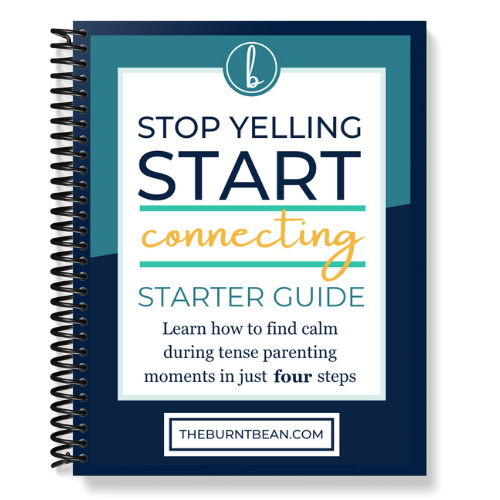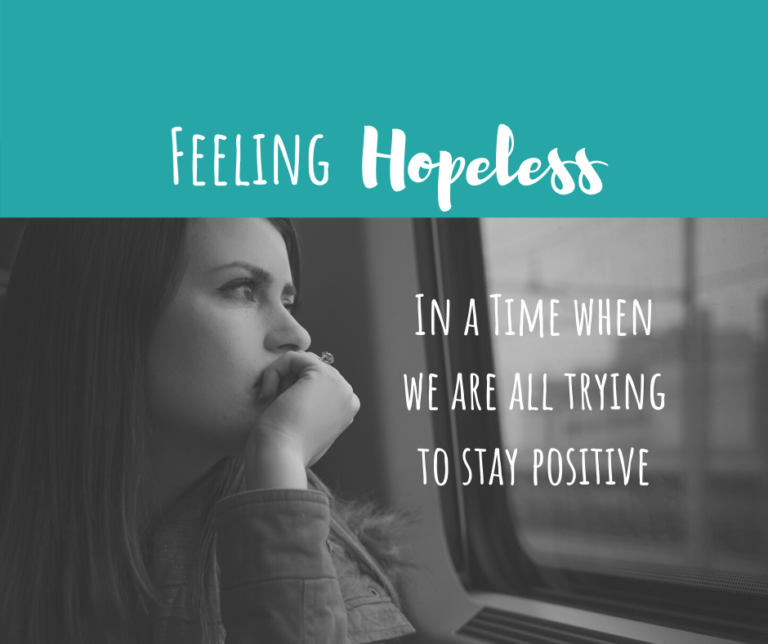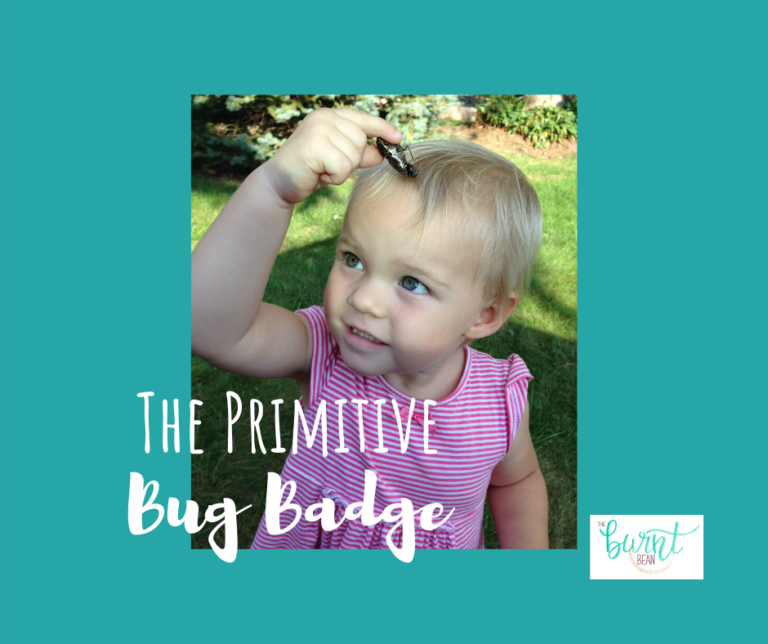Surviving COVID Homeschooling: Creating a workspace
Working – and attending school – from home can be complicated. Home, for many of us, is our place of…

Working – and attending school – from home can be complicated. Home, for many of us, is our place of comfort, not our place of business. As such, it is important to designate a space in our homes where work is completed. We have to create a workspace that is quiet, free from distractions, and conducive to learning.
For many of us, space may come at a premium, however, the space you are going to create for your child should take precedence. I know how difficult it can be to give up prime real estate in your home – especially to something that will, at times, be disorganized and unsightly. However, I assure you, (1) no one is going to come in to your home to see the unsightly mess (because, well COVID?) and (2) every household in America is dealing with the converted-dining-room-table-to-classroom debacle.
There are a few important characteristics that this space must have:
The space should not be in your child’s bedroom.
As an educator, I worked with parents to understand the dangers of technology in the bedroom. This is about more than separating work space from rest space. This is about your child’s safety. With virtual learning, your child will be on the internet and using screens far more than what you may be comfortable with. As a general rule, there should be no screens in the bedroom.
I know how difficult this can be. I get it. I have a daughter who has been surviving on virtual play dates and virtual book clubs. We have been lax in our approach and these play dates and book clubs, often times, happen when she is in her bedroom.
As much as possible, however, limit this! You want your child to be in a space where you can see the screen on his or her computer at all times. In the age of Zoom bombings and unfettered access to all of the Internet, this is important.
The space should be free from distractions.
The space should not have a television – at least not a television that is on. Nor should there be any other item that could pose a distraction – board games, video games, hell, in my house, even the refrigerator.
Think about who your children are and what distracts them. For my daughter, it is Lego’s and stuffed animals. Unless it is virtual Show-and-Tell Day, your child should not have any toys with them when they are in their workspace. Older children should not have their cell phones available to them when they are in their workspace. Again, this could be tricky. My daughter needs to submit her written work via an app that she doesn’t have on her school computer, thus needs my cell phone. If this is the case, hold your child’s phone in a public space where they can access it momentarily to submit an assignment, but require that they return it back to it’s holding place as soon as they are finished.
Have all supplies readily available in the workspace.
It doesn’t make much sense to have the office supplies in the bedroom down the hall and your child working in the dining room. The workspace should have an area where all of the school supplies are available to him or her. This is especially important if you have multiple children.
You don’t want to have your child running up and down the hall all day looking for supplies. Organize the space so that all of the supplies are on hand so they can grab and go, losing as little time as possible. Kids get distracted easily, so if everything they may need is right in front of them, you avoid needing to redirect them back to their workspace in the middle of class.
Decorate the workspace with educational posters.
This may seem like just another item to add to your to-do list, but hear me out. When your child is in his or her classroom, the teacher carefully decorated the space to ensure it’s support in your child’s learning. For example, teachers use educational posters around the room to add pops of color, but also to provide valuable information accessible to your child with just a shift in their gaze.
Posters with colors, emotions, numbers, and shapes dress the walls of early childhood spaces. In elementary school, there are math posters, important grammar reminders, and emotions. And for middle school students, there are posters with important math formulas and parts of speech.
These posters do more than just decorate the walls, though. Hanging commonly used – and sometimes misused – information on the walls will expose your child to these facts multiple times a day. Without getting into all of the science and research behind it, just know that this exposure plays a supportive role in your child’s learning!
Here are some of my favorite poster packs:
Note: This post contains affiliate links and we may earn compensation when you make a purchase using the links included in this post, at no additional cost to you.
Elementary School: Math Writing
Middle School & High School: Math Grammar Punctuation Writing

What tips and suggestions do you have for fellow parents about organizing a space for your child? What has worked well for you in the past? Have there been any hard learned lessons?

STOP YELLING TODAY!
Overwhelmed by parenting? Our Stop Yelling & Start Connecting Starter Guide will help you find peace and calm in your parenting, so you can spend less time yelling and more time building a deeper, more meaningful connection with your child. It's a game changer. Get it FREE today!






